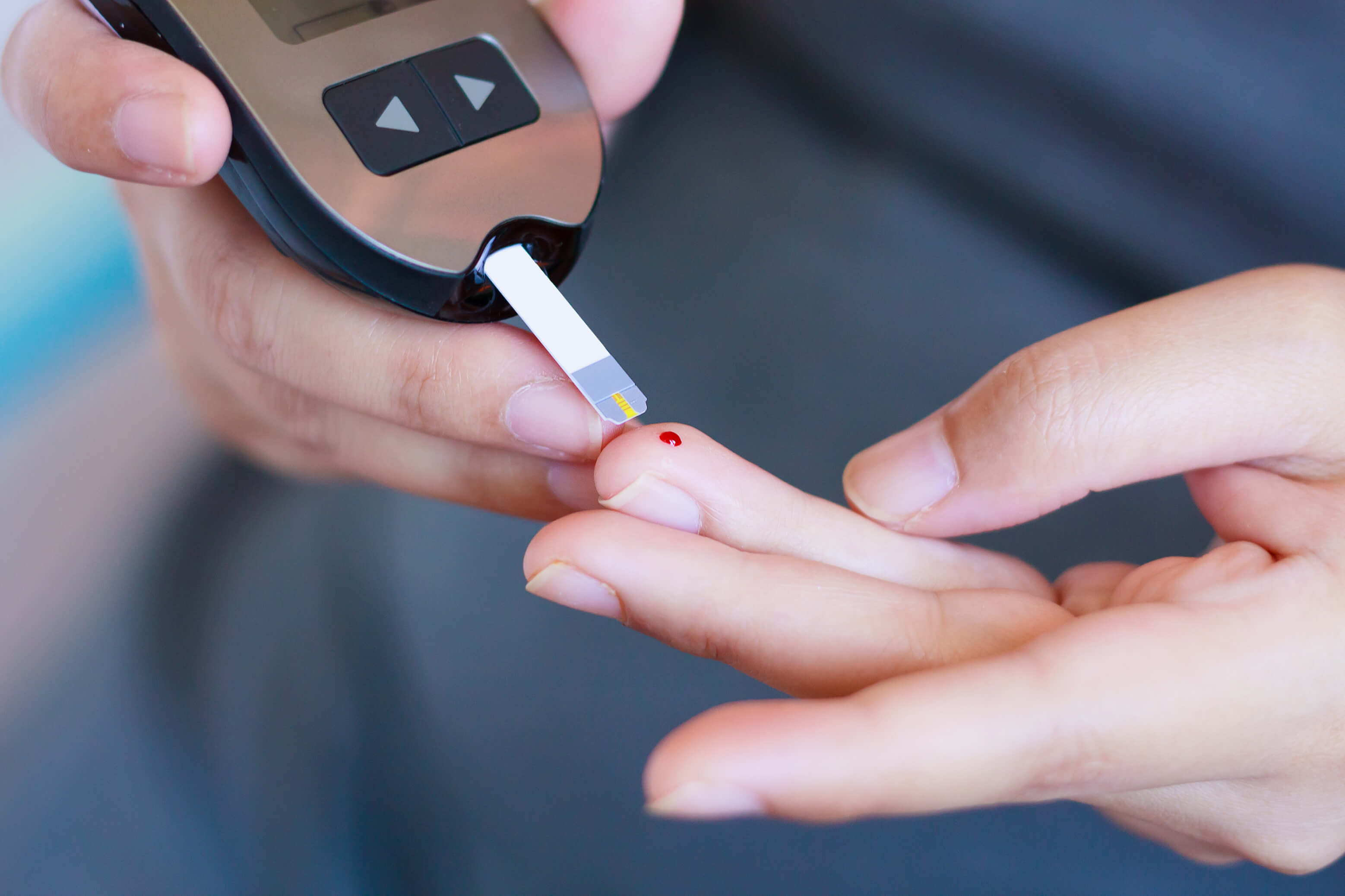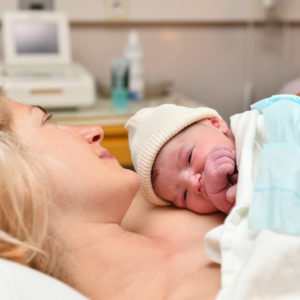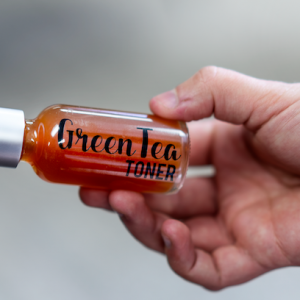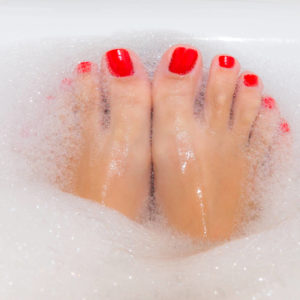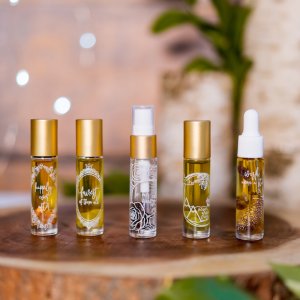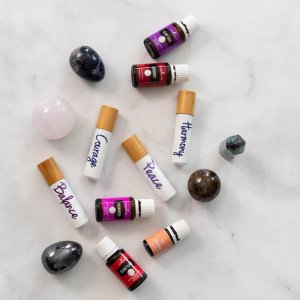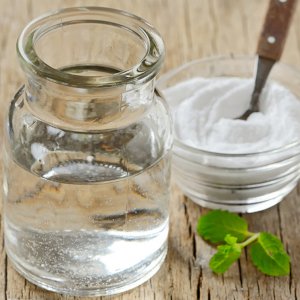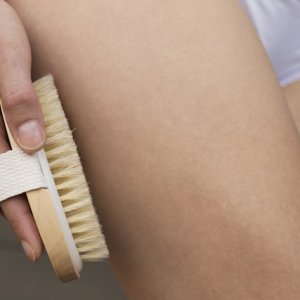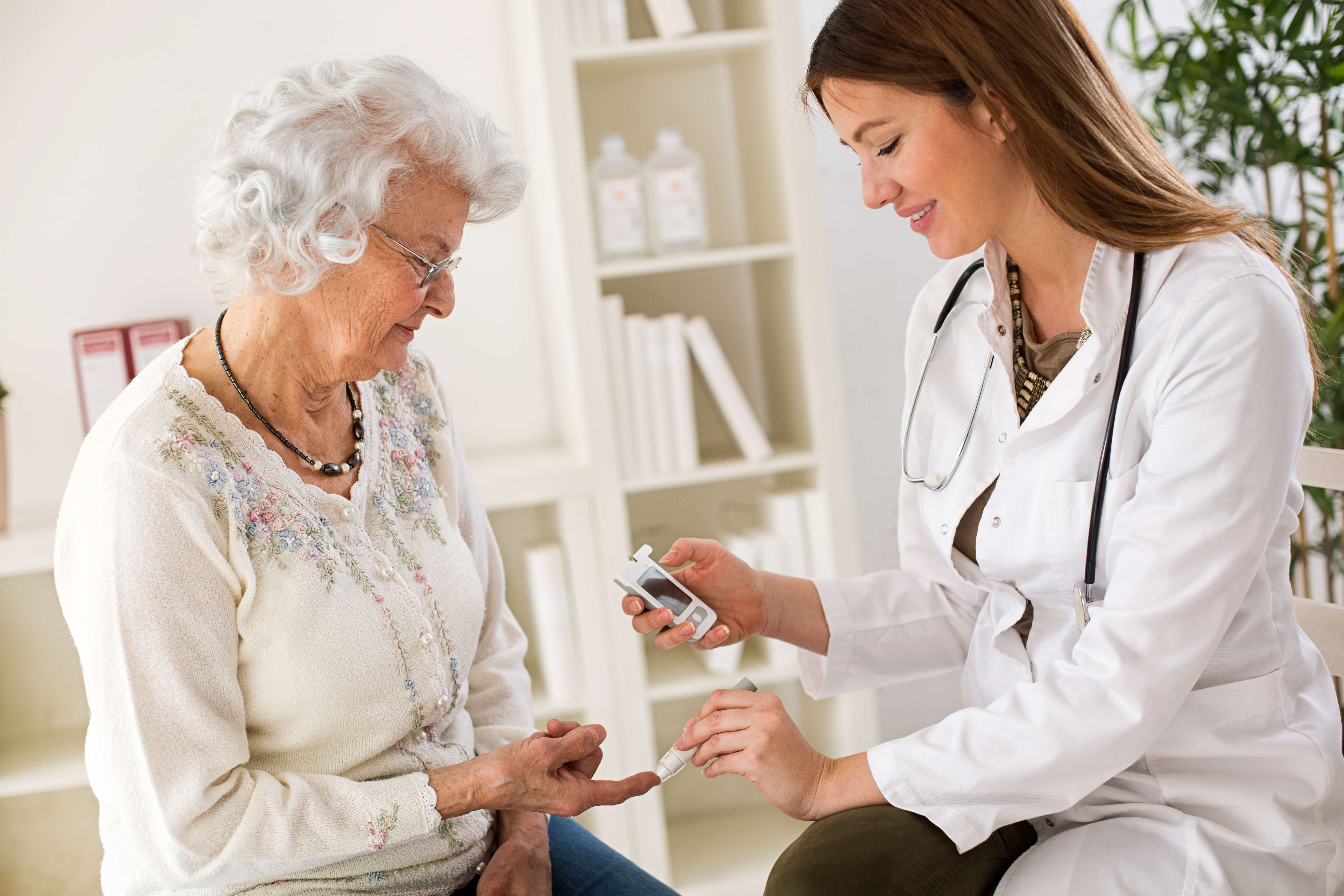
Hypoglycemia or low blood sugar occurs when blood sugar drops, sometimes to dangerously low levels. Low blood sugar can happen in people with or without diabetes, but people on blood sugar lowering medicines are at the highest risk.
Medicines that lower blood sugar and carry a risk for hypoglycemia include insulin, sulfonyureas, and thiazolindindiones (TZDs). Agents like metformin and acarbose rarely cause hypoglycemia, but it still can happen when using them.
What to Look Out For
If you have diabetes, it is critical to know the signs of hypoglycemia and how to treat it.
Know and look out for these symptoms of hypoglycemia:
- Irregular heart rhythm
- Fatigue
- Pale skin
- Shakiness
- Anxiety
- Sweating
- Hunger
- Irritability
- Tingling sensation around the mouth
- Crying out during sleep
If you are worried about low blood sugar, follow the 15-15-15 rule.
- Check your blood sugar. If it is less than 70 mg/dL (or other level told to you by your health care provider), consume 15g of quick acting carbohydrates. This could be simple sugars like fruit juice, honey, or syrup.
- Wait 15 minutes. Then, check blood sugar again, and if it is still lower than 70 mg/dL, consume 15 more grams of carbohydrates.
- Wait another 15 minutes. If your levels are still below 70 mg/dL, contact your healthcare provider or local emergency services immediately. Do not attempt to drive yourself to the hospital.
Looking for more information about controlling type 1 diabetes with herbs? Then come check out this post.
And if you are concerned about essential oils and use with diabetes, come check out the Essentials book for all you need to know about essential oil safety and what you can use.
For access to all of my essential oily education including product videos, classes, and much more, come on over and
